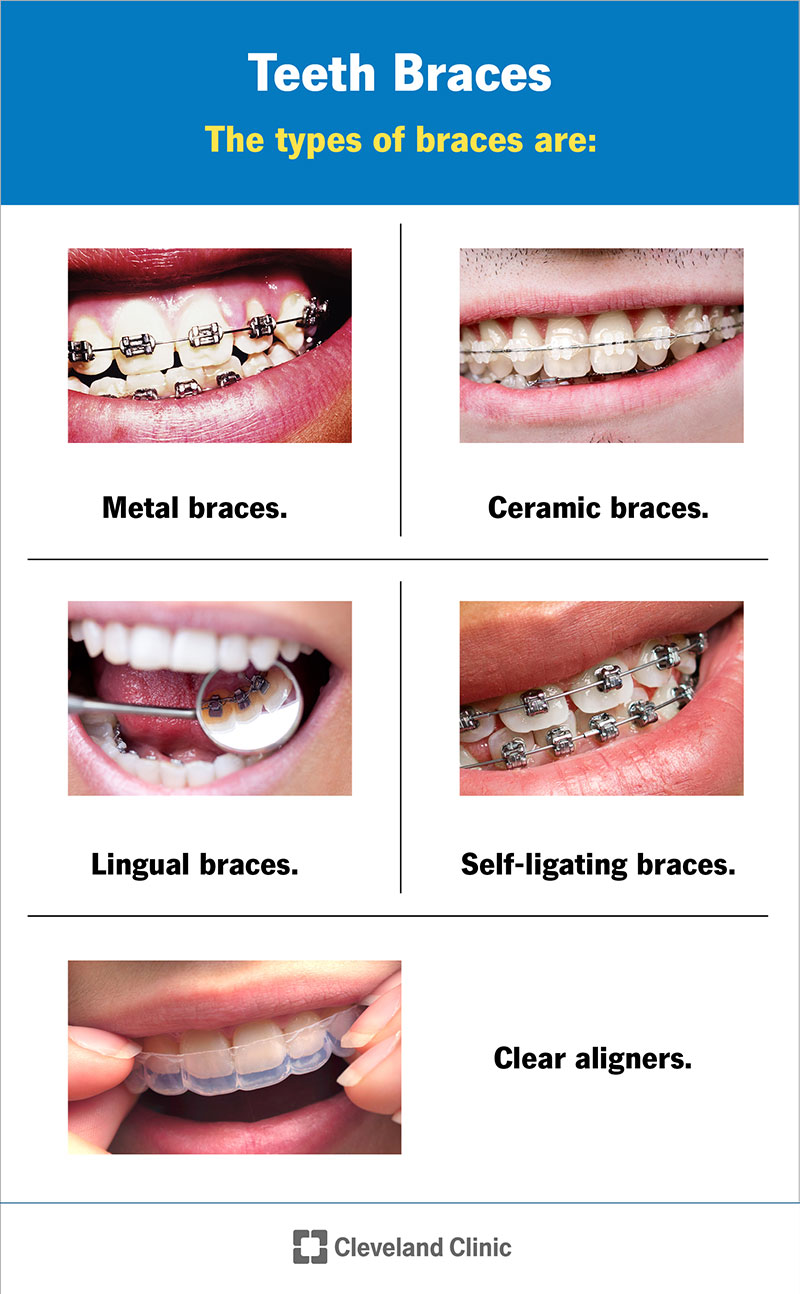Comprehensive Overview to Orthodontics Procedures for Dealing With Dental Imbalances
Comprehending the complexities of each procedure, including their mechanisms, benefits, and potential drawbacks, is crucial in making educated choices about one's orthodontic therapy. As we browse with the detailed guide to orthodontic procedures for correcting oral imbalances, the complex details of each method will unravel, shedding light on the path towards a functional and harmonious oral positioning.
Orthodontic Procedures Summary

Along with clear aligners and standard braces, orthodontists might likewise recommend various other interventions like headwear, palatal expanders, or retainers to address certain alignment concerns (orthodontist). These treatments are tailored to every person's distinct demands and may entail a combination of treatments to attain the desired outcomes. Normal adjustments and surveillance are important components of orthodontic treatment to guarantee progression is on track and to make any type of needed modifications along the method. By going through orthodontic treatments, patients can not only attain a straighter grin but likewise boost their overall oral health and wellness and feature.
Conventional Dental Braces: Just How They Function
When considering orthodontic therapies for oral misalignments, traditional dental braces attract attention as a tried and true method for fixing teeth positioning. Traditional dental braces include braces, cables, and bands that collaborate to use continual pressure on the teeth, progressively moving them right into the preferred alignment. The braces are affixed to the teeth utilizing an unique adhesive, and the cables are threaded through the braces. By adjusting the stress of the cables, orthodontists can control the direction and pressure related to each tooth, leading them into correct placement gradually.
As stress is used to the teeth via the braces, the bone bordering the teeth is improved to sustain the brand-new tooth placements. People will certainly require routine modifications at the orthodontist's workplace to make sure the dental braces proceed to apply the right stress for effective teeth movement.
Unnoticeable Aligners: Cons and pros
Unnoticeable aligners provide a practical and discreet choice to standard dental braces for dealing with oral imbalances. These clear, personalized trays are basically unseen when put on, making them an attractive choice for individuals seeking an extra cosmetically pleasing orthodontic therapy. One of the primary benefits of unseen aligners is their removability, permitting for much easier maintenance of oral health contrasted to conventional braces. People can get rid of the aligners before eating or cleaning their teeth, minimizing the risk of food obtaining embeded the home appliance and simplifying the cleansing process.

Surgical Orthodontic Options
Surgical treatments in orthodontics existing sensible options for addressing complex dental misalignments that may not be efficiently fixed via standard orthodontic therapies. While unseen aligners and typical dental braces can remedy lots of orthodontic problems, specific situations need surgical intervention to attain optimum outcomes. Surgical orthodontic choices are usually suggested for severe malocclusions, significant jaw inconsistencies, and situations where the underlying bone structure needs alteration to attain appropriate positioning.
One common medical orthodontic treatment is orthognathic surgery, which entails rearranging our website the jaws to fix functional concerns such as problem talking or chewing. This surgical procedure is commonly carried out in collaboration with an orthodontist that assists align the teeth prior to and after the procedure. Surgical orthodontics might likewise entail procedures to expose affected teeth, remove excess periodontal tissue, or improve the jawbone to produce an extra harmonious face profile.
Prior to taking into consideration surgical orthodontic alternatives, clients undertake a detailed evaluation to figure out the necessity and possible benefits of such treatments. orthodontics. While surgical treatment may seem daunting, it can substantially improve both the feature and visual appeals of the smile in instances where conventional orthodontic treatments fail
Retainers and Post-Treatment Care

Post-treatment care involves complying with the orthodontist's directions vigilantly. This might consist of proper oral health techniques, participating in follow-up appointments, and using the retainers as suggested. Failing to abide by post-treatment care directions can lead to regression, where the teeth progressively relocate back in the direction of their original positions. Consistent retainer wear, great oral hygiene, and routine oral examinations are crucial for maintaining the results achieved with orthodontic surgical procedure and making certain the lasting security of the corrected dental alignment.
Final Thought
In verdict, orthodontic procedures offer numerous options for dealing with dental imbalances. Surgical orthodontic choices are available for a lot more severe imbalances. Overall, orthodontic treatments can effectively enhance oral health and wellness and visual appearance.
As we browse through the thorough guide to orthodontic treatments for fixing oral misalignments, the detailed details of each approach will unravel, shedding light on the course towards a unified and useful dental placement. - cumming orthodontics
One of the most typical orthodontic therapies is the usage of dental braces, which are composed of steel brackets and cables that use mild pressure to slowly move teeth right into the desired setting.When taking into consideration orthodontic treatments for dental misalignments, standard dental braces stand out as a time-tested method for remedying teeth placing. In addition, unnoticeable aligners may not be appropriate for intricate orthodontic concerns that call for more significant teeth movement, as they are typically suggested for mild to moderate cases. Retainers are customized orthodontic gadgets created to hold teeth in their dealt with placements after the conclusion of orthodontic therapy.